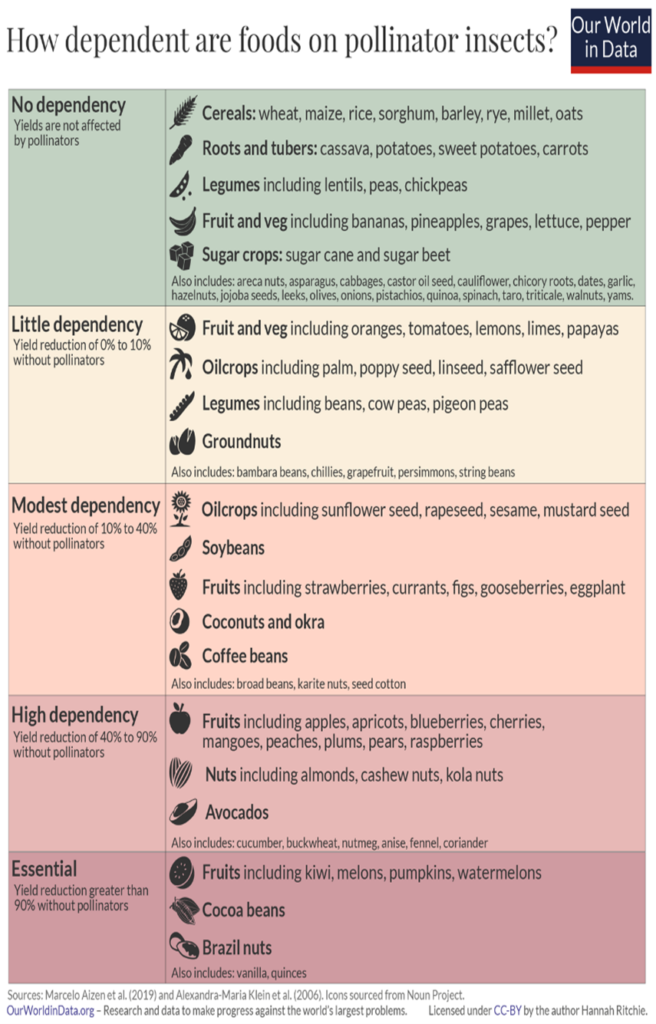| Thai Sacbrood Virus: The Thai Sacbrood virus outbreak devastated around 90% of Asiatic honey bee colonies in South India in 1991-92 and reemerged in 2021 in Telangana. The virus has been reported from other parts of the world, including China and Vietnam. The Thai Sacbrood virus is one of the greatest threats facing the Asiatic honey bee. The disease caused by the virus’s infection kills the bees’ larvae. The particular viral strain that attacks western honey bees is less virulent. |

- A study published in Scientific Reports estimated that 40% of bumblebee species in the Indian Himalayas could lose more than 90% of their habitat by 2050.
- India hosts more than 700 bee species, including four Indigenous honey bees:
- Asiatic honey bee (Apis cerana indica)
- Giant rock bee (Apis dorsata)
- Dwarf honey bee (Apis florea)
- Stingless bee (sp.Trigona).
- Western honey bees were introduced in India in 1983 to increase the country’s honey yield.
- Pollinators, particularly bees, play a critical role in agricultural productivity and biodiversity.
- New infectious diseases, combined with habitat loss, pesticides, pollution, and climate change, pose significant risks to pollinators and global economies.
- Over 75% of food crops and flowering plants depend on insect pollinators such as bees, butterflies, and beetles.
- The International Pollinator Initiative (IPI), launched under the Convention on Biological Diversity (CBD) in 2000, aims to conserve pollinators with the FAO leading implementation efforts. Plan of Action (2018-2030) is extended for Conservation and Sustainable use of Pollinators.
Dig Deeper: Read about the four Indigenous honey bees.

